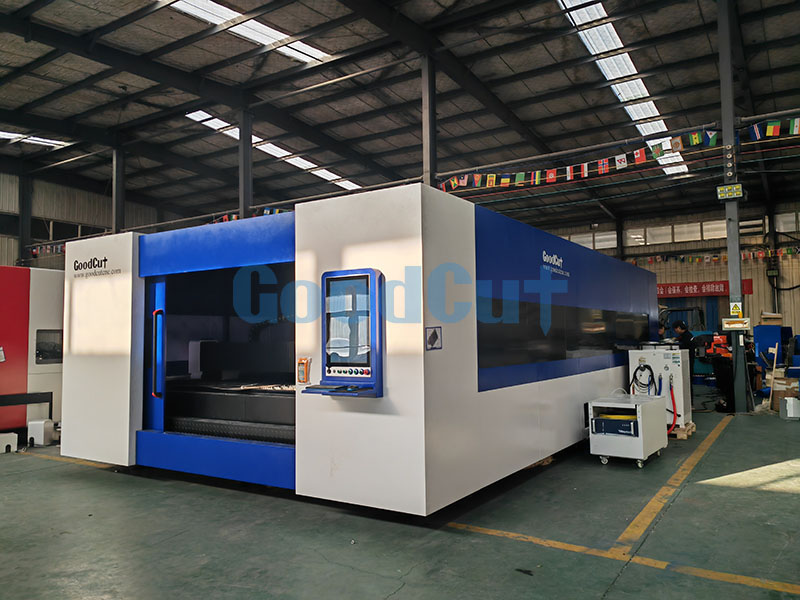Many customers do not know how to choose laser cutting machine and how to judge the quality of laser cutting machine cutting standards. Here are nine items for everyone to refer to.
Nine Standards for Determining the Cutting Quality of Laser Cutting Machine
1. Roughness. The laser cutting section will form vertical lines. The depth of the lines determines the roughness of the cut surface. The shallower the lines, the smoother the cut section will be. The roughness not only affects the appearance of the edges, but also affects the friction characteristics. In most cases, roughness needs to be reduced as much as possible, so the lighter the texture, the higher the cutting quality.
2. Material deposition. The laser cutter meets a special layer of oily liquid on the surface of the workpiece before starting to melt the perforation. During the cutting process, due to gasification and the use of various materials, the customer uses the wind to remove the incision, but up or down the discharge will also form deposits on the surface.
3. Depression and corrosion. Depression and corrosion have a negative effect on the surface of the cutting edge and affect the appearance. They appear in cutting errors that should normally be avoided.
4. Thorn. The formation of burrs determines a very important factor in the quality of laser cutting, because the removal of burrs requires additional work, so the severity and amount of burrs can visually determine the quality of cutting.
5. Thermal impact areas. During laser cutting, the area near the incision is heated. At the same time, the structure of the metal changes. For example, some metals undergo hardening. The thermal impact area refers to the depth of the area where the internal structure has changed.
6. Vertical. How the thickness of sheet metal exceeds 10mm, the vertical degree of the cutting edge is very important. When away from the focus, the laser beam becomes divergent, and according to the position of the focus, the cut is widened toward the top or bottom. The cutting edge deviates a few millimeters from the vertical line, and the more vertical the edge, the higher the cutting mass.
7. Deform. If the cutting causes the part to be heated sharply, it will deform. This is particularly important in fine machining because the contours and connectors here are usually only a few tenths of millimeters wide. Controlling laser power and using short laser pulses can reduce component heat change and avoid deformation.
8. Cut width. The incision width generally does not affect the cutting quality. The cutting width has an important influence only when a particularly precise outline is formed inside the component. This is because the cutting width determines the minimum internal passage of the outline. When the thickness of the plate increases, the cutting width also increases. With it. Therefore, to ensure equal precision, regardless of the width of the incision, the workpiece should be constant in the processing area of the laser cutter.
9. Textures. When cutting thick plates at high speed, the molten metal does not appear in the cut hole below the vertical laser beam, but instead sprays out at the rear of the laser beam. As a result, curved lines form at the cutting edge, and the lines closely follow the moving laser beam. To correct this problem, the feed rate is reduced at the end of the cutting process, which can greatly eliminate the formation of lines.

Contact: Smile Ji
Wechat: 008618396857273
Whatsapp: 008618396857273
Tel: 008618396857273
Email: smileji@goodcutcnc.com
Add: 402 Jinxing Longsheng Building, High-tech district, Jinan City, Shandong Province, China